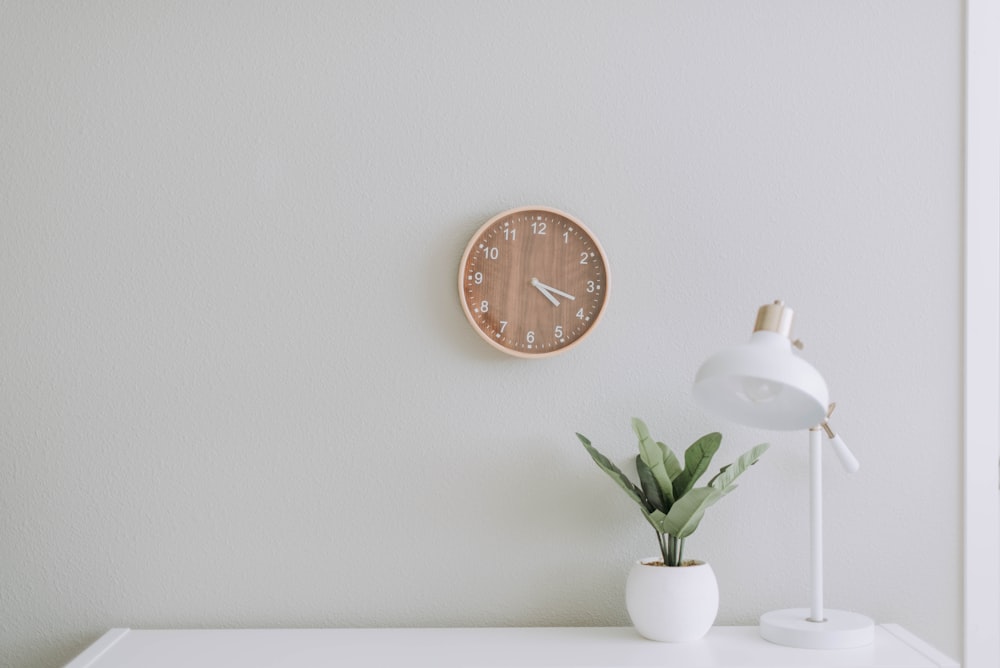
Blueprint Brilliance Home Design Drawing Essentials
Mastering the Blueprint Brilliance
Embarking on the journey of home design drawing can be both exhilarating and daunting. From envisioning your dream space to translating it onto paper, mastering the essentials of home design drawing is crucial. Let’s explore the key elements that make up the blueprint brilliance and delve into the essentials every aspiring designer should know.
Understanding the Basics
Before diving into the intricacies of home design drawing, it’s essential to grasp the basics. Familiarize yourself with fundamental concepts such as scale, proportion, and spatial relationships. These foundational principles will serve as the framework for your design process, ensuring that your drawings accurately represent your vision for the space.
Tools of the Trade
Equipping yourself with the right tools is essential for creating precise and detailed home design drawings. Invest in quality drafting supplies such as pencils, rulers, erasers, and drafting paper. Additionally, consider utilizing computer-aided design (CAD) software for more complex projects, as it offers advanced features and precise measurements.
Developing Drawing Skills
Like any craft, honing your drawing skills takes time and practice. Start by sketching simple floor plans and elevations to familiarize yourself with the process. Experiment with different techniques and styles to find what works best for you. As you gain confidence, challenge yourself to tackle more complex drawings, incorporating details such as furniture placement and architectural elements.
Embracing Creativity
While technical proficiency is essential in home design drawing, don’t forget to embrace your creativity. Allow yourself to think outside the box and explore innovative design solutions. Experiment with different layouts, materials, and color schemes to create spaces that are not only functional but also aesthetically pleasing and unique to your vision.
Attention to Detail
In home design drawing, every detail matters. Pay close attention to scale, ensuring that all elements are proportionate and accurately represented. Take the time to add depth and dimension to your drawings through shading, texture, and perspective. Remember that even the smallest details can have a significant impact on the overall look and feel of the space.
Effective Communication
Effective communication is essential in home design drawing, as it allows you to convey your ideas clearly and accurately to clients, contractors, and other stakeholders. Develop strong verbal and written communication skills to articulate your design concepts, and use visual aids such as sketches, renderings, and mood boards to enhance understanding and facilitate collaboration.
Staying Organized
With the multitude of drawings, plans, and specifications involved in home design, staying organized is key to success. Establish a systematic filing system to keep track of your drawings and documents, both in physical and digital formats. Label each drawing clearly and maintain meticulous records to ensure easy access and reference throughout the design process.
Continuous Learning
The field of home design is constantly evolving, with new trends, technologies, and techniques emerging regularly. Stay abreast of industry developments by attending workshops, seminars, and conferences, and seek out opportunities for professional development and continuing education. Embrace a growth mindset and never stop learning and improving your skills as a home design drawing professional.
Seeking Feedback
Finally, don’t hesitate to seek feedback from peers, mentors, and clients. Solicit constructive criticism to gain valuable insights and perspectives on your work, and use feedback as a springboard for growth and improvement. Embrace both praise and critique with humility and openness, recognizing that every opportunity for feedback is an opportunity for growth.
Conclusion
Mastering the essentials of home design drawing requires dedication, patience, and a commitment to continuous learning and improvement. By understanding the basics, equipping yourself with the right tools, honing your drawing skills, and embracing creativity, you can create stunning and functional spaces that bring your design visions to life. With attention to detail, effective communication, and a focus on continuous improvement, you can achieve blueprint brilliance in your home design drawing endeavors. Read more about home design drawing



